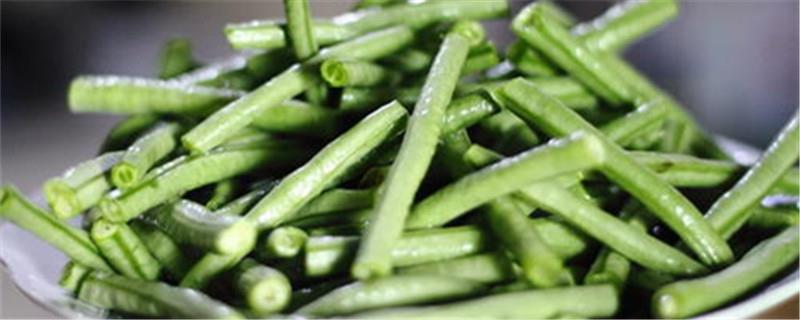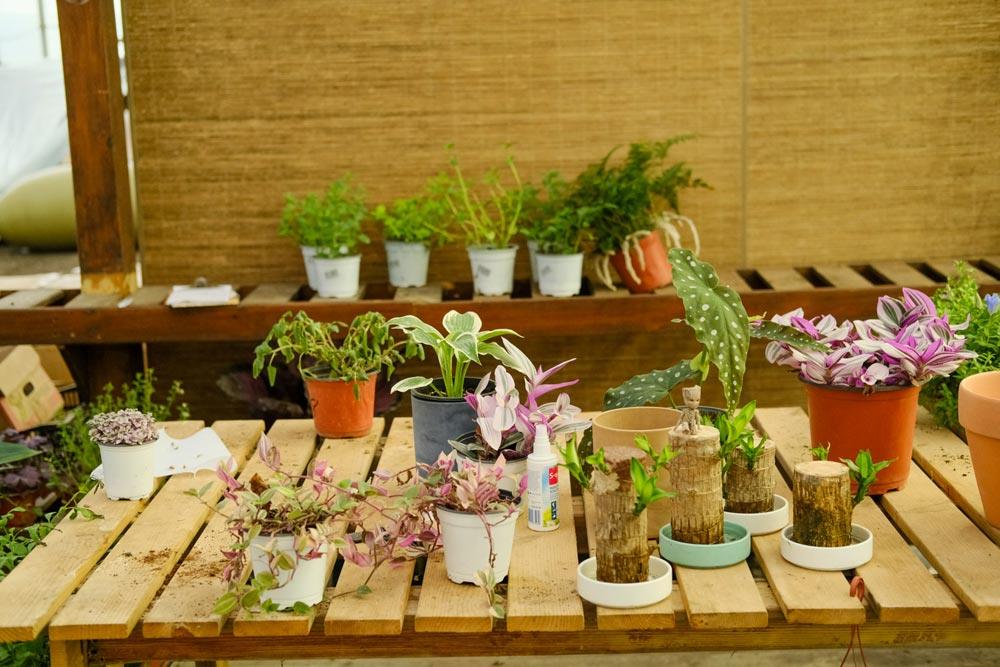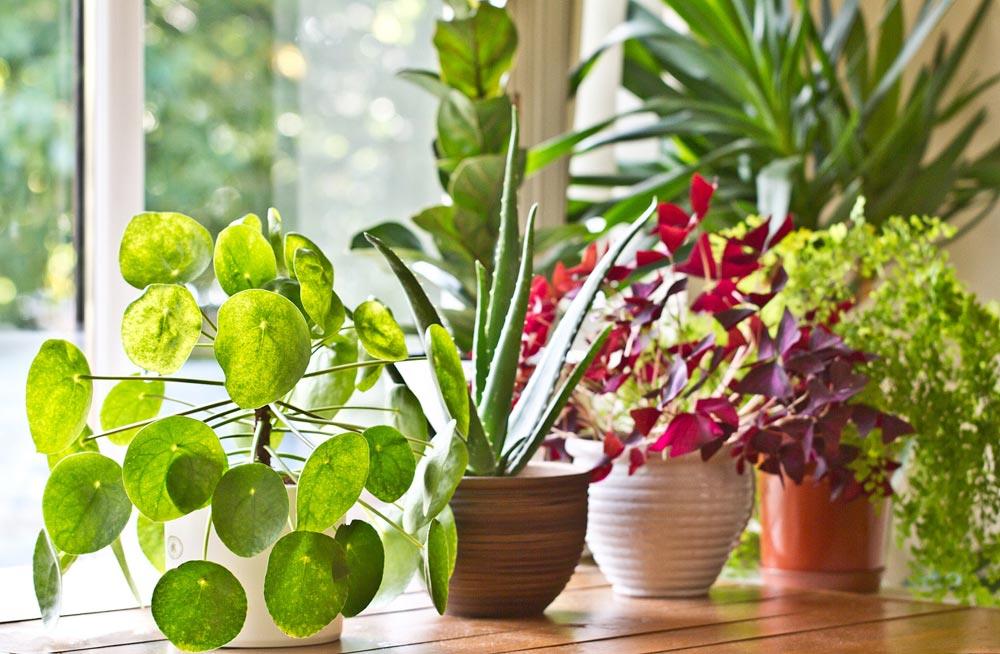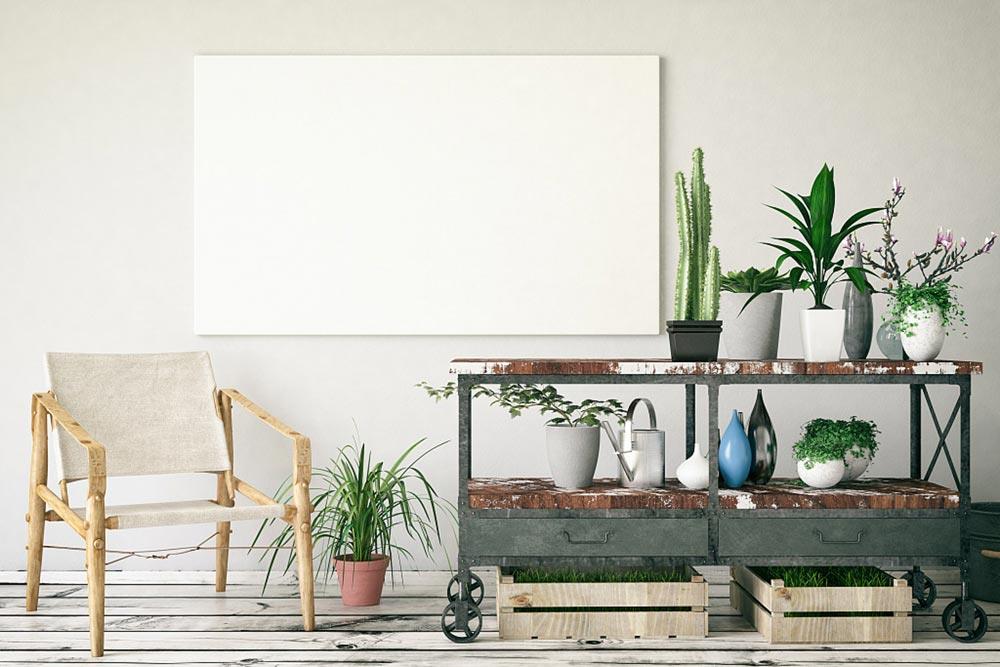Cowpea cultivation methods and precautions
Last Update :2024.04.30
Article Catalog
Soil: Fertile and loose soil should be used for cowpea cultivation. Before planting, you need to mix base fertilizer into the soil: Watering: Watering is required once a week in dry weather. In non-drought weather, artificial watering is not required; Fertilizing: Top dressing is required during the growth period, usually once a month; Light : It doesn’t require much light, just about five hours of light every day is enough.

1. Maintenance methods
1. Maintenance methods
1. Soil: Its growth requires a lot of nutrients, so you must use relatively fertile soil. Its roots are not resistant to waterlogging. In addition to fertile soil, Breathability must also be considered, so that standing water in the soil can be disposed of.
2. Watering: We need to water enough water once every time. The next watering is after flowering. If the flowers are too dry during the growth period, they need to be watered manually once a week. When the time comes, you should adhere to the principle of "water the pods, not the flowers", because the flowers will fall off when exposed to water, which is not conducive to the growth of the plant.

3. Fertilizer: In addition to what is used in the soil before planting Base fertilizer, you need to fertilize it again every month. When it grows, it has relatively high requirements for phosphorus and potassium fertilizers, so when fertilizing, it is necessary to use fertilizers with relatively high phosphorus and potassium content. In addition to applying root fertilizer, you also need to use foliar fertilizer, because it will grow later. Symptoms of lack of trace elements appear, such as yellow leaves, etc., so in order to prevent this, you need to spray foliar fertilizer on it during the seedling stage.
4. Light: Although it is a short-day plant, many varieties are mesophotogenic, so the requirements for light are not strict.

2. Breeding skills
1 , Propagation: To propagate it, you can use the sowing method. Its seeds are relatively large. Before sowing, the seeds need to be soaked in cool boiled water for 48 hours, and then sown into the soil. After sowing, cover with soil and water enough, and the seedlings will emerge in about a week.
2. Pruning: Newly grown seedlings need to be pinched in order to promote the growth of side branches.

3. Problem diagnosis
1 , Pests: It is easily infected with core borers. Before the pods form, you need to spray it with chlorothalonil to prevent it. If it is still unfortunately infected, you need to use insecticides to kill the insects. It should be noted that the pesticides are toxic and the pods cannot be picked temporarily after spraying. Wait at least one week to ten days before picking.
2. Yellow leaves: The occurrence of yellow leaves on the plant may be caused by insufficient nutrients. It is necessary to add nutrients to it and increase the frequency of fertilization.

IV. Other questions
1 , Edible: It is edible.
2. Toxicity: Uncooked pods are poisonous and can easily cause diarrhea. Therefore, when eating, it must be cooked thoroughly before eating.

2. Breeding skills
3. Problem diagnosis
4. Other issues
- END -
Curculigo cultivation methods and precautions

Soil: It is suitable for growing in loose and deep soil. Some sand can be mixed wi...
How to cultivate Clover alba

Soil: Loose, fertile, well-drained, acidic soil is required for cultivating Trifol...